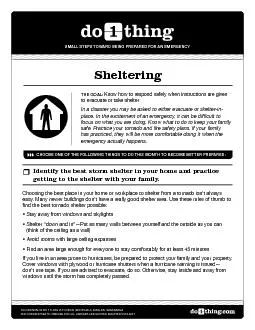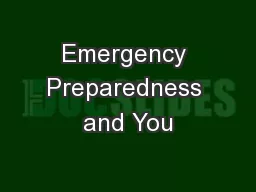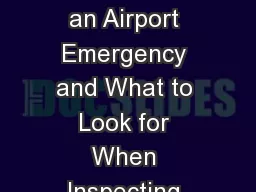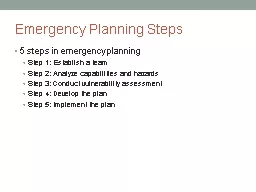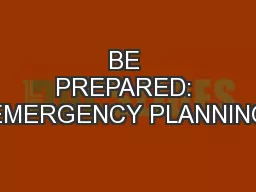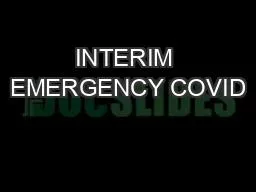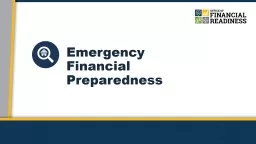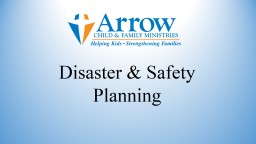PDF-SMALL STEPS TOWARD BEING PREPARED FOR AN EMERGENCY
Author : min-jolicoeur | Published Date : 2015-10-20
THE MISSION OF DO 1 THING IS TO MOVE INDIVIDUALS FAMILIES BUSINESSES AND COMMUNITIES TO PREPARE FOR ALL HAZARDS AND BECOME DISASTER RESILIENT CHOOSE ONE OF THE FOLLOWING
Presentation Embed Code
Download Presentation
Download Presentation The PPT/PDF document "SMALL STEPS TOWARD BEING PREPARED FOR AN..." is the property of its rightful owner. Permission is granted to download and print the materials on this website for personal, non-commercial use only, and to display it on your personal computer provided you do not modify the materials and that you retain all copyright notices contained in the materials. By downloading content from our website, you accept the terms of this agreement.
SMALL STEPS TOWARD BEING PREPARED FOR AN EMERGENCY: Transcript
Download Document
Here is the link to download the presentation.
"SMALL STEPS TOWARD BEING PREPARED FOR AN EMERGENCY"The content belongs to its owner. You may download and print it for personal use, without modification, and keep all copyright notices. By downloading, you agree to these terms.
Related Documents

